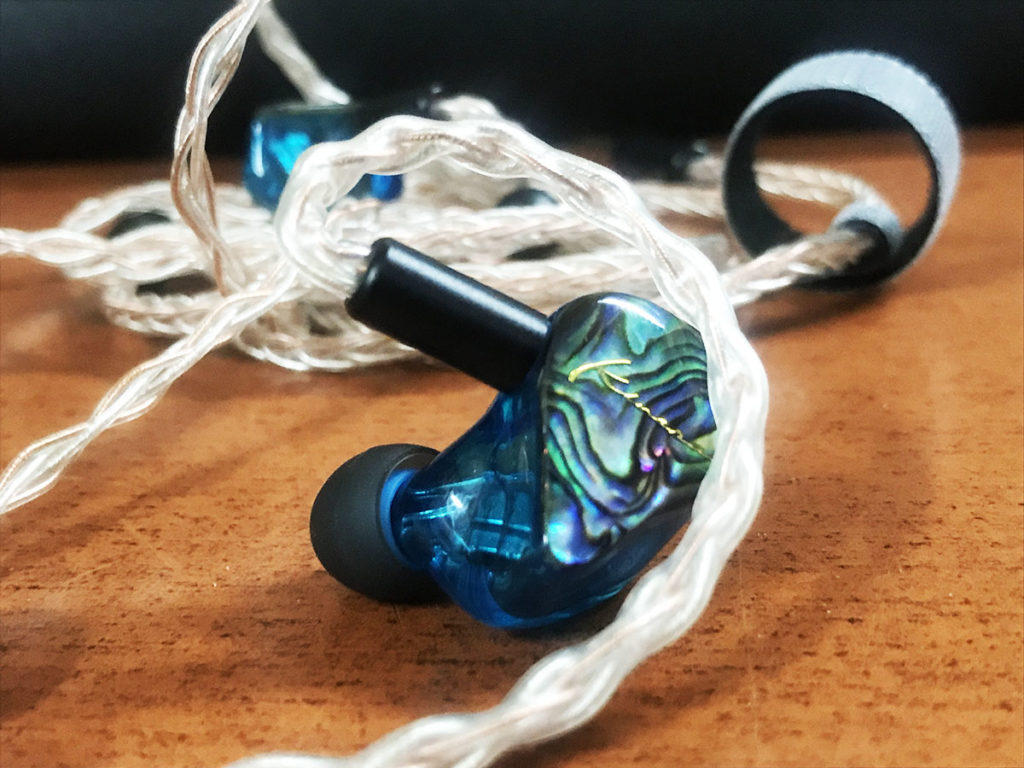This week, I got a chance to spend some quality time with a brand I’d never tried before. It’s newest model, the Kinera Idun, is a follow-up from their previous model, the H3. Kinera took the notes for their customers, and created a new and improved IEM. But at $139, what can you expect from the Idun. Let’s take a closer look with this Kinera Idun Review!
Kinera Idun Review
In the Box
-Kinera Idun IEMs
-Detachable 2-pin cable with 3.5 mm connector
-Eartips
-Carrying case
-Documentation
Look and Feel
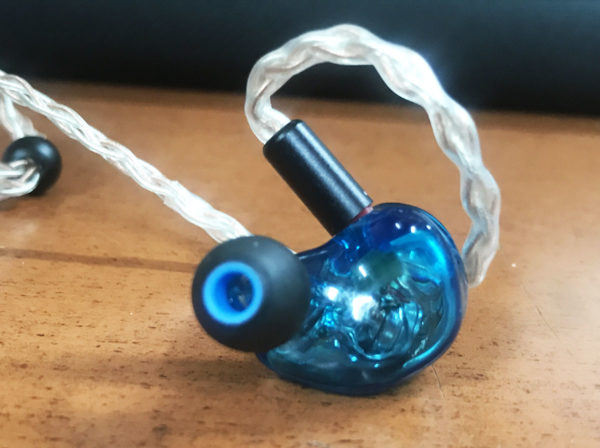
The Kinera Idun has a fun look with a colorful, translucent acrylic shell. This look feels playful, yet high-quality. Additionally, the acrylic shell makes it lightweight. Holding the Idun in my hand, I can see the dynamic and balanced armature drivers and wiring. Adding to the high quality of the look, the Idun’s cable is a braided litz cable with see-through jackets. It adds a feeling of classiness that the IEMs wouldn’t have otherwise.
Comfort and Fit

The Kinera Idun fit remarkably easily in my relatively small ears. The shape of their driver housings is ergonomic to the shape of the ear. Uniquely, it had a small flare at the top ridge of the IEM which locked it tightly into the fold of my ear. As a result, it felt extremely secure! This locking feeling made it slightly uncomfortable, but my ear got used to it quickly, and then it never bothered me again. Additionally, the tight, molded earhook of the cable helped make it stay in place even more.
Cable
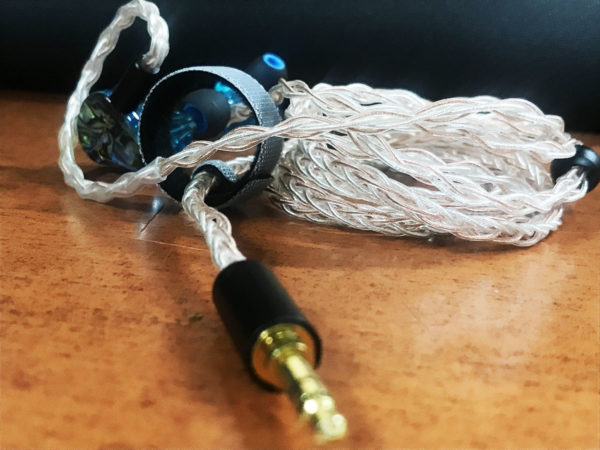
The cable of the Kinera Idun has four braided wires per channel, which meet in the middle. Then, all 8 wires braid until they reach the 3.5 mm termination. Copper and silver-coated copper make up the conductors for this litz cable. Additionally, it is a manageable length, and coils up easily without wanting to tangle at all.
Drivers
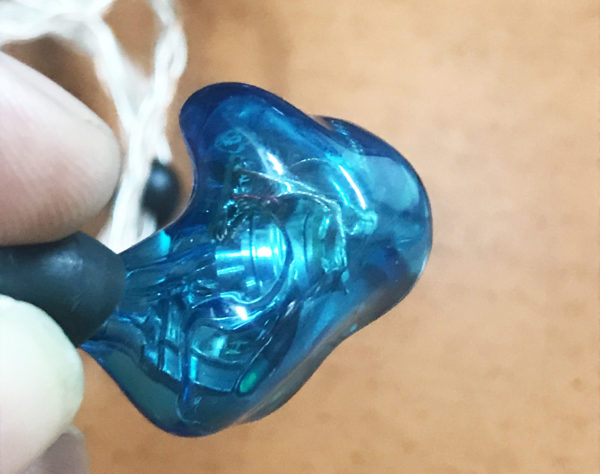
The Kinera Idun has a hybrid driver design, consisting of one dynamic driver and a dual balanced armature driver. The dynamic driver uses an N50 high performance magnet which is able to utilize an even magnetism. On the other hand, the balanced armature driver was hand picked by Kinera’s sound engineers for a driver with low distortion, high frequency detail, and midrange stability.
Sound
Low Frequencies
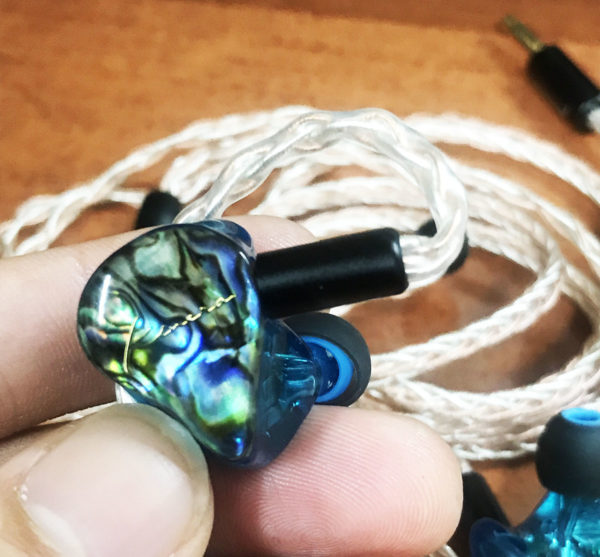
The low frequencies of the Kinera have a full bodied sound with a little bit of emphasis in the sub region around what sounded like 40 Hz. Kick drums, sub synths, and other low frequency rich instruments sound thick and solid with an overall feeling of foundational weight, supporting the rest of the mix on top of it.
For example, when I was listening to the song Formation by Beyonce, the sub synth had a sense of extension and fullness. It contributed to the strength of the song, and provided emotional impact. Additionally, the kick drum sat a little bit louder in the mix than usual. It felt full and added to the bigness and attitude of the song.
Middle Frequencies
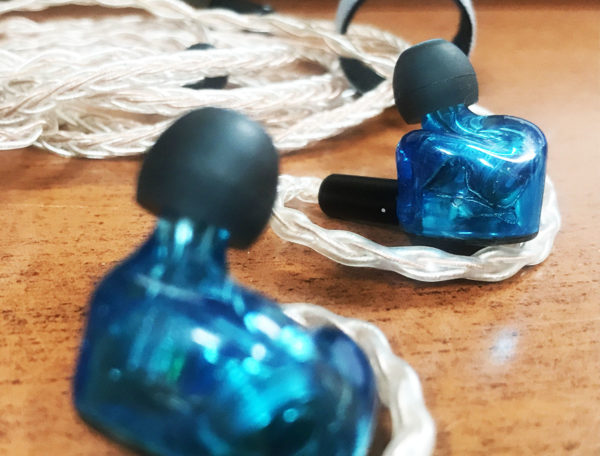
The middle frequencies of the Kinera Idun have presence and clarity. A boost in the high-mids from 3-5 kHz brings vocals, string swells, horn stabs, acoustic guitar strums, and electric guitar distortion forward in space. However, despite this high-mid emphasis, the rest of the midrange maintains a feeling of fullness. A small cut around what sounded like 1 kHz provided separation between the middle-mids and those instruments sitting primarily in the high-mids. Additionally, the low-mids, while a little bit modest compared to the bigness of the low end, still has energy and clarity.
For example, when I was listening to the song Good Life by Sammy Rae, the electric guitar which opens up the song had more emphasis on its attack than usual. Additionally, Sammy’s vocal sat more intimately in space. Likewise, the horn stabs, whirely hammers, the background vocals, and the electric guitars sat a bit louder. However, the bass guitar sat quieter a bit, yet still sounded clear, with a good sense of movement and energy.
High Frequencies
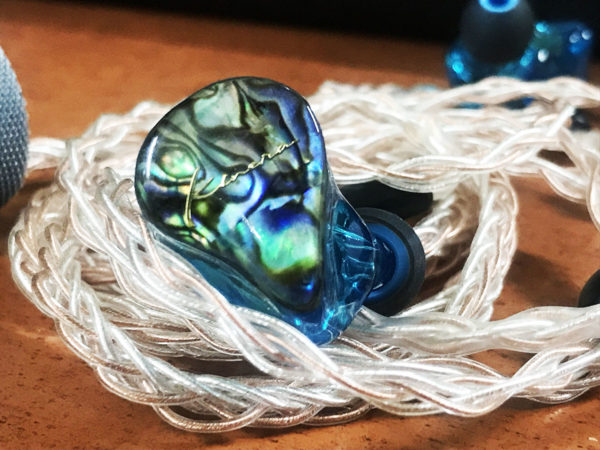
The high frequencies of the Kinera Idun have a beautiful sense of texture and air with boosts at what sound like 8 kHz and 10-11 kHz. This extra energy gives a level-boost to cymbals, percussion, and the top harmonics of guitars and strings. Vocals have emphasis in their throat and face, providing texture to rasps as well as breathiness. As a result, the Idun seems to emphasize the emotional impact of the vocal. A cut in the lower treble around 7 kHz helps them avoid harshness.
For example, when I was listening to the song Inception by McCoy Tyner Trio, the cymbals have wonderful clarity and texture to their timbre. Their harmonic complexity adds to the performance. And while the attack of the cybal doesn’t feel emphasized, the sustain of it does, so the hits feel long and sparkly.
Soundstage
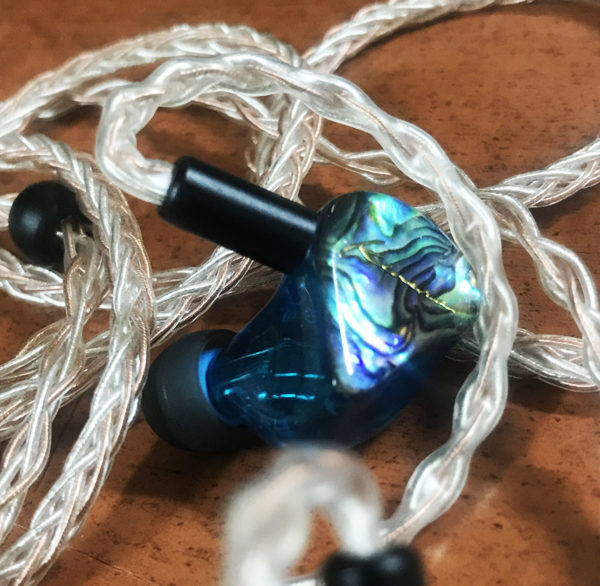
The soundstage of the Kinera Idun was impressive at its price point! While its general shape is formed by its frequency response pregnancy, it had a sense of nuance and differentiation. The contrast between the close, intimate instruments and those further off in space give it a strong sense of depth. Additionally, its brightness and presence contributed to how wide instruments contrasted from centered instruments. And the space in between felt nicely filled in, providing a sense of separation to the placement of instruments. Lastly, the low end extension and high-end air brought the height to life, and provided a nice, tall image of the mix.
For example, when I was listening to the song Mercy Now by Mary Gauthier, the fingerpicking acoustic guitar, vocals and strings sounded closer in space than usual. They contrasted wonderfully from the further-off-in-space drums, mandolin, and slide guitar. Additionally, the width of the acoustic, slide, mando, and strings contrasted well from the centered vocal and bass guitar. Lastly, the feeling of height was beautifully tall. In this song, the kick drum and bass guitar sat down low by the shoulders, whereas the vocal, acoustic guitar and strings sounded up by the forehead. In between those extremes, the drums, mandolin, and slide guitar filled in the space in between them.
Overview
Overall, the Kinera Idun has an emotionally impactful sound, with clarity and texture in the high-mids and high frequencies, as well as a solid low end. They work well for a wide variety of genres, but I particularly like them for vocal centric folk music, hip-hop, and pop.
The Kinera Idun is available for the best price here:

